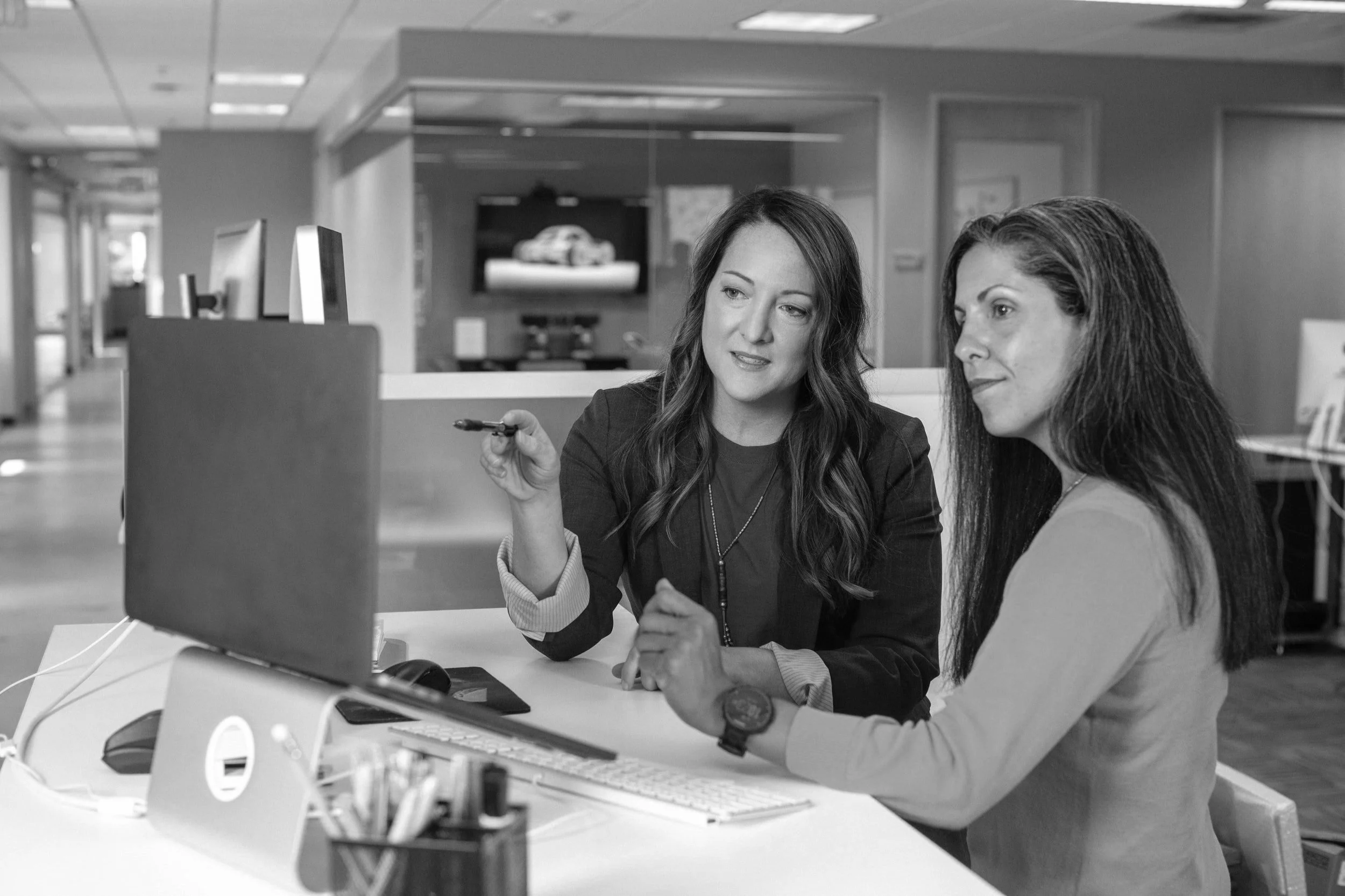The London Effect
Recent data from Kings College London’s Policy Institute and Business School suggests that a hybrid home and office model is here to stay, but that London lags the rest of the country in terms of its appetite for a return to the office.
SOURCE: Sky News
SOURCE: Sky News
Data from the Centre for Cities shows that weekday footfall, a measure of activity in city centres, is 40% lower than pre-pandemic levels in London while in many other major cities it has already recovered. This is somewhat at odds with an otherwise buoyant bounce-back in the broader London economy with, for example, theatres and eating out booming. The sheer scale of the commute, its cost, time and impact on wellbeing is the primary driver, unsurprisingly.
It looks like a 2/3 or 3/2 home / office work style is here to stay and we have been working with a number of clients on strategies to capitalise on the evolving working model.
Here we highlight six strategic opportunities for enlightened clients who wish to benefit competitively and strategically from the evolving work environment:
1. A TIGHT SHOE IS A PAINFUL SHOE
Early movers reviewed and reshaped their London property footprint to save costs during the pandemic. As building lease breaks arose many property teams made the move to promote the hybrid working model and take the property savings straight to the bottom line. Workplace utilisation is now returning to >80% levels in these newly shrunken office spaces as they start to see teams returning, keen to get back to the new normal. Smart organisations are using new and creative ways to avoid unexpected peaks in desk demand on popular days, which can cause significant disruption and employee dissatisfaction, and also undermines the positive potential of a progressive hybrid working model.
2. PICK A HORSE
As some businesses struggle to agree the right message to employees around expectations, others will take this opportunity to speak directly to the labour market attracting talent from companies where there is unclear or limited working flexibility to their more “enlightened” approach. Time will tell whether maximum flexibility will translate into sustained high performance. The firms that apply structure, science and strategy to the approach based on roles, enabling tech and customer needs rather than a media sound bite are going to see better outcomes. State your well researched case and stick with it.
3. MAKE IT WORTHWHILE
Employees want to be sure that when they come into the office, that time will be well spent. The idea that they would travel in and then spend their day sat doing emails is a nonstarter. The commuting time used to be seen as “the price of working in the city” but now commuting time saved is seen as a valuable asset. That time has unlocked new lifestyle opportunities for employees, it won’t be exchanged lightly. The best organisations will empower employees to plan and attend their workplace specifically to add value in person, not just to meet an attendance target.
4. RELATIONSHIPS COUNT
Regardless of the background noise, there is a general acceptance that if you value relationships in your business then there is no substitute for bringing people together – employees talk about online meetings and tools as being highly effective for tasks and agenda-based meetings. However, they do lack any of the pre-meeting and post-meeting informal conversation opportunities, when many topics are discussed and agreed between attendees. Relationships are almost never about tasks, they are centred around trust, getting to know the whole person and time spent engaging, as people. The online environment is yet to completely replicate this critical element of personal engagement. Maybe the much touted “avatar based immersive reality” of the Metaverse will go some way to solving this problem, but not anytime soon.
5. HYBRID MEETINGS
Our new workplace schedules are littered with part in person/part remote attendee meetings. Hybrid meetings as they are often called. They are the cause of much frustration and annoyance, attendees drop in and out of signal, lose audio or just struggle to engage with the topic and discussion in the room. The best organisations are tackling this head on – better tech usage, better hybrid meeting etiquette and sometimes banning hybrid meetings for certain types of activities.
6. RESET… BETTER
Aristotle is said to have observed that “you are what you repeatedly do.” We believe that organisations are no different. Many companies are seeking to understand what might be happening day to day in this post-pandemic workplace that will be impacting their culture. Managers can often be too close to the corporate habits that underpin their organisational culture – finding a critical friend to help stand back and capture the employee experience as it really can be a powerful tool to affect change. Every organisation is having to reset their workplace habits, best not pick up any bad ones along the way.









